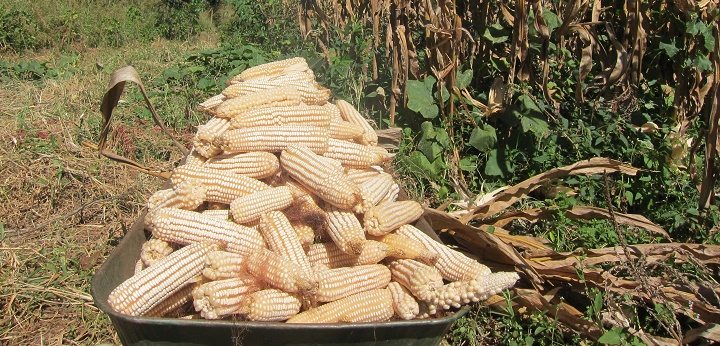Hunger to persist as cereal harvest remain less than 200,000 tonnes average

Pastoralists lost between 25 and 75 percent of their herds in 2017

Cereal harvests in 2017 fell to an all-time high compared to the previous five years, the UN has said noting a further decline in animal reproduction and availability of livestock products was also registered heightening food security concerns in the country.
In its March 2018 country brief, the Food and Agriculture Organisation (FAO) said total grain harvests for 2017 stood at 174,000 tonnes, over 20 percent below the average of the previous five years. The UN body however noted despite the low yields in 2017, the harvest was an improvement from 2016 which recorded the lowest harvests recorded at 142,000 tonnes.
The harvests were affected by severe rainfall deficits recorded over the main maize-producing areas in Lower Shabelle Region, FAO said.
Livestock production has also remained subdued owing to weather conditions, the brief notes. “Despite the general improvement in livestock body conditions, animal reproduction and availability of livestock products remain generally low, as more than one year of drought resulted in a sharp reduction of herd sizes.”
As a result of distress sales and high animal death rates, the report notes, ‘pastoralists have lost between 25 and 75 percent of their herds in 2017’.
The report echoes the UN Humanitarian agency OCHA which said last week, the deterioration of pasture and water sources in the dry Jilaal season (January – March) had affected livestock condition and food source.
OCHA said drought conditions continue to deteriorate mainly in Somaliland and Puntland. With 5.4 million people in need of food, OCHA said it needs $717 million between January and June targeting 4.7 million people. The amount is against the overall $1.5 billion needed to stave off famine in 2018.
GOOBJOOG NEWS